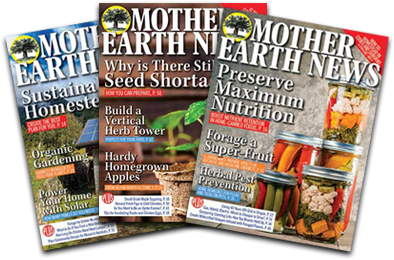It’s been about two years since I first got my goats, so when I learned about the Yule Goat (or buck), I was intrigued. It appears that goats have been a part of Scandinavian Yule tradition longer than Christianity and have been incorporated into Christmas celebrations. Yule was basically — and still is with neo-pagans — a celebration of the winter solstice. Scholars think the Yule Goat (Jul Bukk or Jul Bock), may be a nod to Thor whose chariot is pulled by two goats, Tanngrisnir and Tanngnjóstr.
The Yul Bukk is also the last sheaf of grain from harvest. Imbued with magical properties, I suspect farmers looked at the Yul Bukk as being lucky. Having enough of a harvest to where having sheaths of grain in Scandinavian countries probably was lucky.
By the Christian era, the Yule Goat became the symbol of Christmas. Young people walked around caroling, playing pranks, and acting out plays that would often feature the Yule Goat. Singers would receive fruit, nuts and baked goods for their songs — presumably in bad times, it was a way for the needy to get food.
The Yule Goat occasionally showed up as an invisible critter who wanted to make sure that Christmas preparations were done properly. Over time, the Yule Goat morphed into a bundle of straw bound with red ribbons that stood in the shape of a goat. People put their Yule Goats on their tree or someplace where it can enjoy the festivities.
My goats seem oblivious of Christmas or the Yule Goat festivities. Even so, they are pranksters and would appreciate the lighthearted sentiment of the Yule Goat if they understood it. And while they’d rather eat the current Yule Goat than admire it, I think it’s only fitting that goats, the oldest of the domesticated farm animals be part of the winter celebrations.
To you and yours, have a Happy Holidays, Merry Christmas, Happy Yule, Merry Solstice, Happy Hannukah, Happy Kwanzaa, or whatever you celebrate, or don’t celebrate. And have a very safe and Happy New Year!







